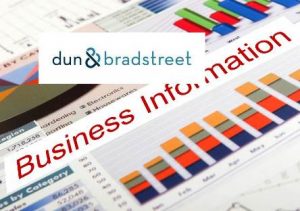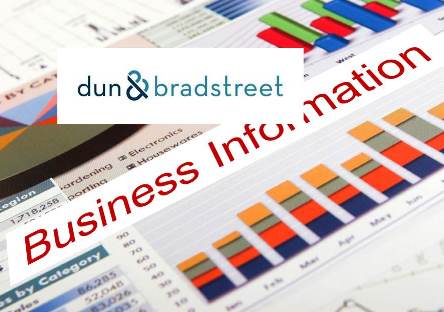 Small Businesses Report Greater Access to Bank Loans and Increased Hiring
Small Businesses Report Greater Access to Bank Loans and Increased Hiring
Small businesses (< $5M in revenue) are finishing 2017 strong, reporting both revenue increases and optimism for future growth according to the fourth quarter 2017 Private Capital Access (PCA) Index report from Dun & Bradstreet and Pepperdine Graziadio Business School. Fifty-eight percent of small businesses, up from 52 percent in Q4 2016, reported a profitable quarter. Going into 2018, small businesses are anticipating growing revenue 9.1 percent on average, up from 8.7 percent one year ago.
Since PCA began in 2012, expectations for overall business performance improvement in the upcoming year are at a record high. Eighty-four percent of both small and mid-sized businesses ($5M – $100M in revenue) owners expect their business to perform better in 2018 than in 2017, up from 72 percent the previous year. Ninety percent of both small and mid-sized businesses are confident that their business will grow in 2018, compared to 80 percent in Q4 2016.
Fewer small and mid-sized businesses, a major source of employment and economic activity for the U.S., reported that the current business financing environment is hindering their growth opportunities for their business (down nearly 9 percent) compared to one year ago. Small businesses are also more optimistic in their ability to raise financing in the next six months than they were a year ago, with 55 percent reporting it would be “difficult” to qualify for debt financing, down from 61 percent in Q4 2016.
Small businesses reported higher success rates in accessing financing from bank loans (37 percent in Q4 2017, up from 29 percent in Q4 2016) and business credit cards (65 percent in Q4 2017, up from 51 percent in Q4 2016). Small businesses report the main purpose for raising capital in the fourth quarter was to refinance existing loans (11 percent). This is a 14 percent increase compared to 2016 and signals that small businesses may have been taking precautionary actions with respect to another pending Federal interest rate increase before end of year as was predicted during the time the survey was in the field.
While 69 percent of small businesses (up from 59 percent in 2016) are reporting they plan on hiring employees within the next six months, the high demand needed for financing to support planned growth or expansion in the next six months has declined 9.8 percent compared to one year ago. The seemingly incongruous numbers point to a more complex story for growth going into the new year.
“Given the current state of the U.S. economy, it’s not surprising that small businesses are ending the year on a financially positive note in comparison to a year ago,” said Bodhi Ganguli, lead economist at Dun & Bradstreet. “However, there are still many economic and politically related variables that are largely unknown at this time in how small businesses will be affected in the upcoming year. This quarter’s report is telling a cautiously optimistic story from the small businesses’ perspective.”
Five percent of small and mid-sized businesses reported that government regulations and taxes are preventing them from hiring in the next six months, a significant decline compared to one year ago (16 percent).
“While it is hard to say exactly why small and mid-sized businesses expressed less concern about taxes and regulatory policies, it is all but certain they are paying more in taxes as business improves,” said Dr. Craig R. Everett, director of the Pepperdine Private Capital Markets Project. “Media attention on the U.S. tax reform measure before Congress could be neutralizing taxes and regulations as a concern.”
Small Businesses Lack Disaster Preparedness Plans
Despite several natural disasters in the past year (hurricanes, floods, and fires), only 44 percent of businesses reported they have emergency plans in case of a natural disaster established currently. Fifty-one percent cite they would need to acquire outside funding to address the unforeseen impact or losses to the business, with 31 percent citing they would seek a bank loan in order to do so.
The PCA Index is a quarterly indicator produced by the Graziadio Business School with the support of Dun & Bradstreet. The Q4 2017 Index report was derived from 1,341 completed responses collected between October 31 and November 15, 2017.
Source: Dun & Bradstreet Press Release






















